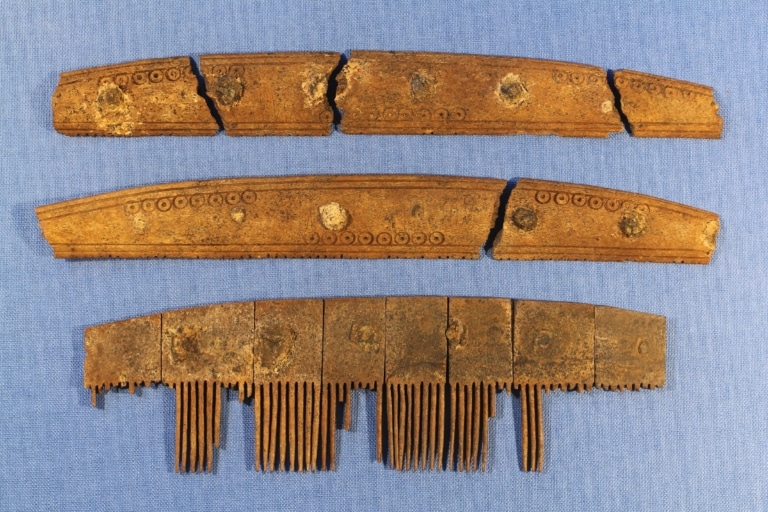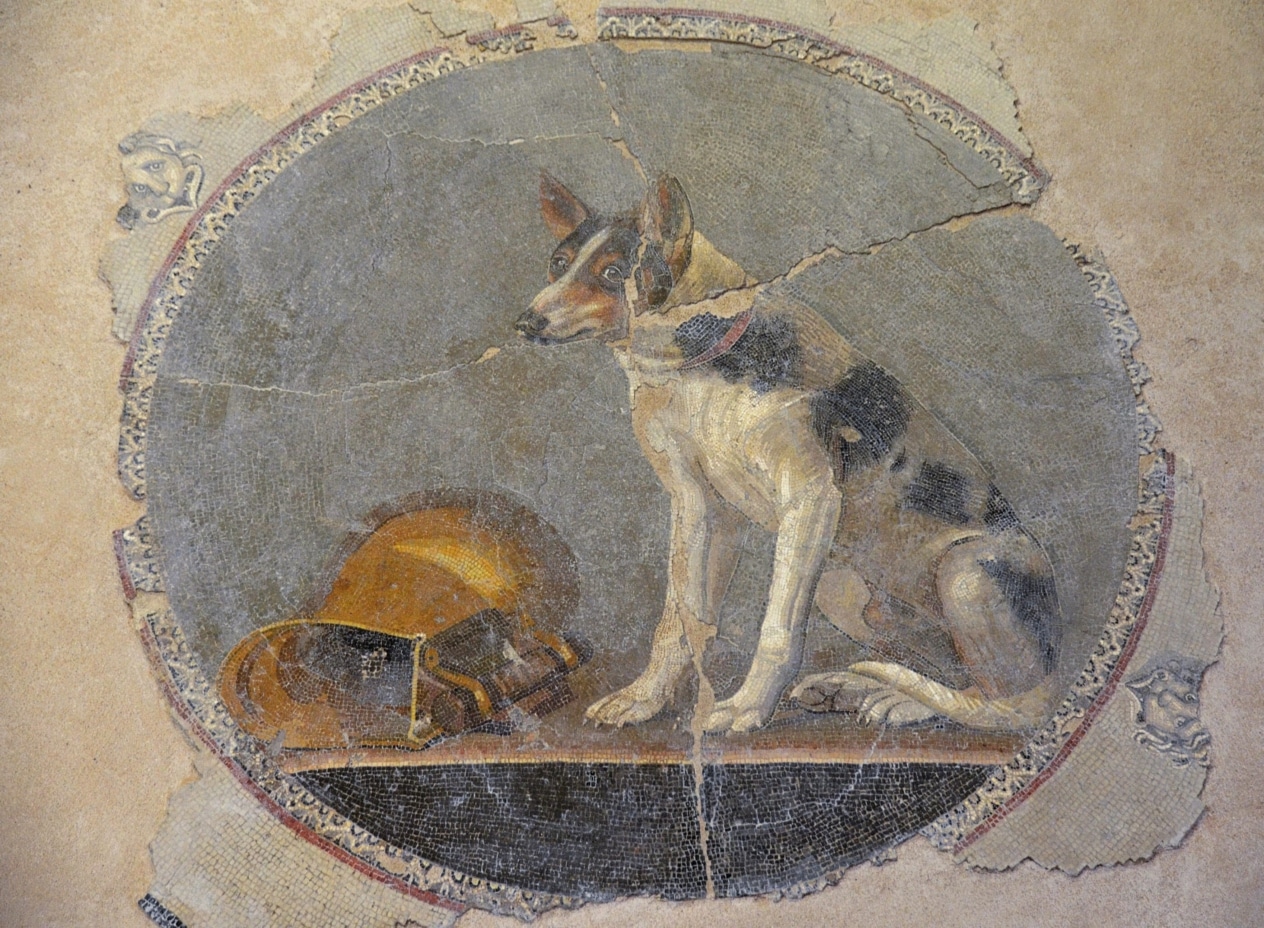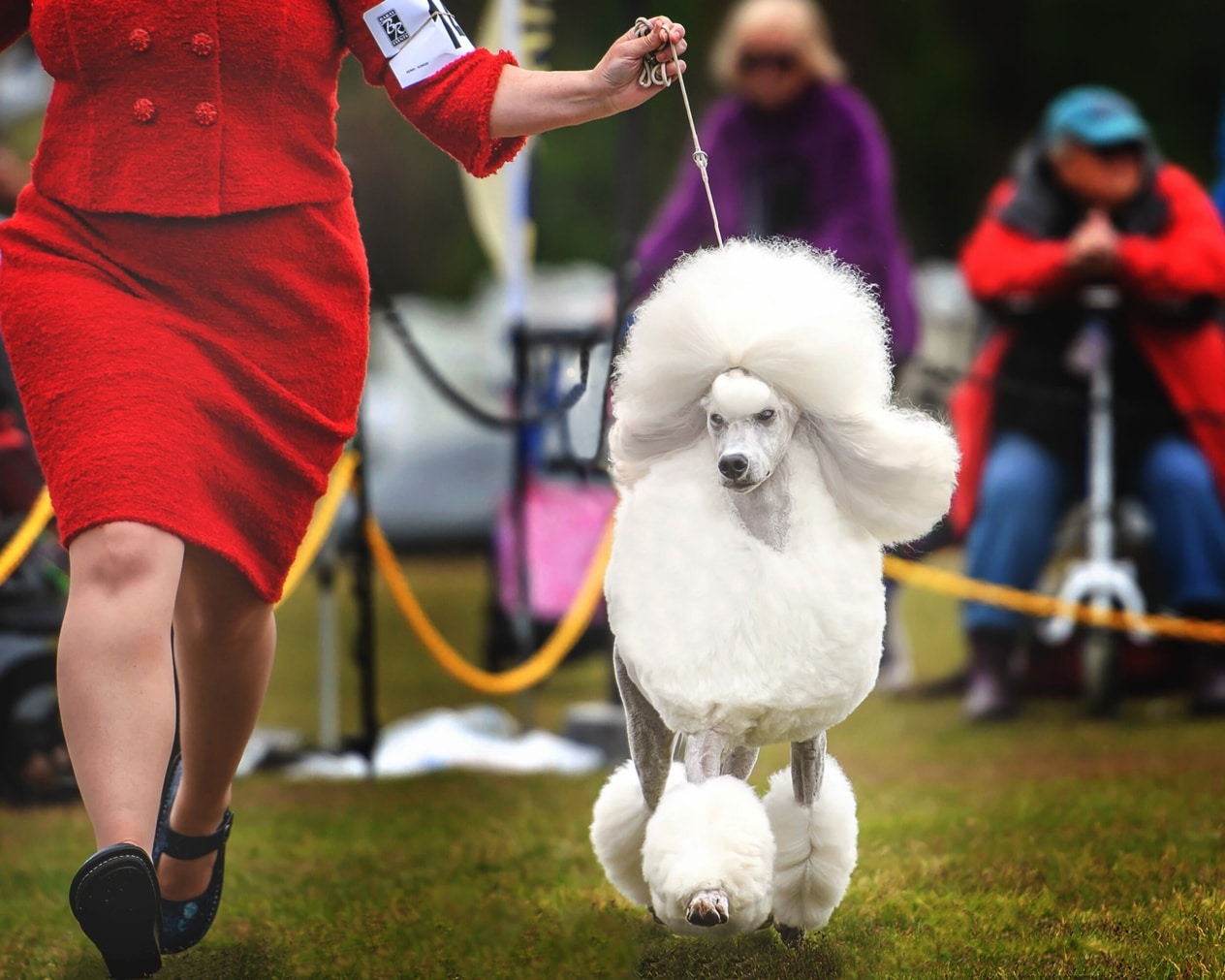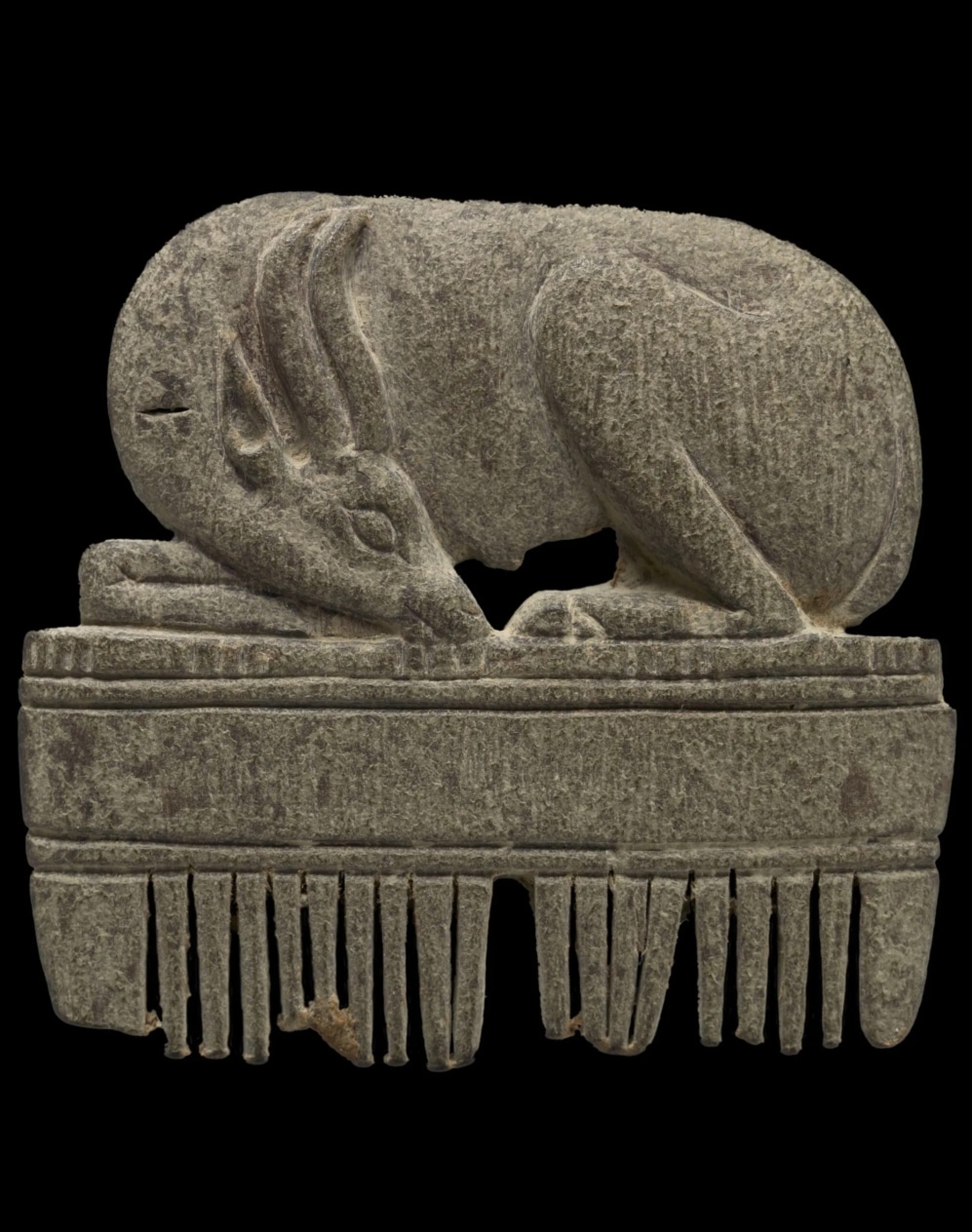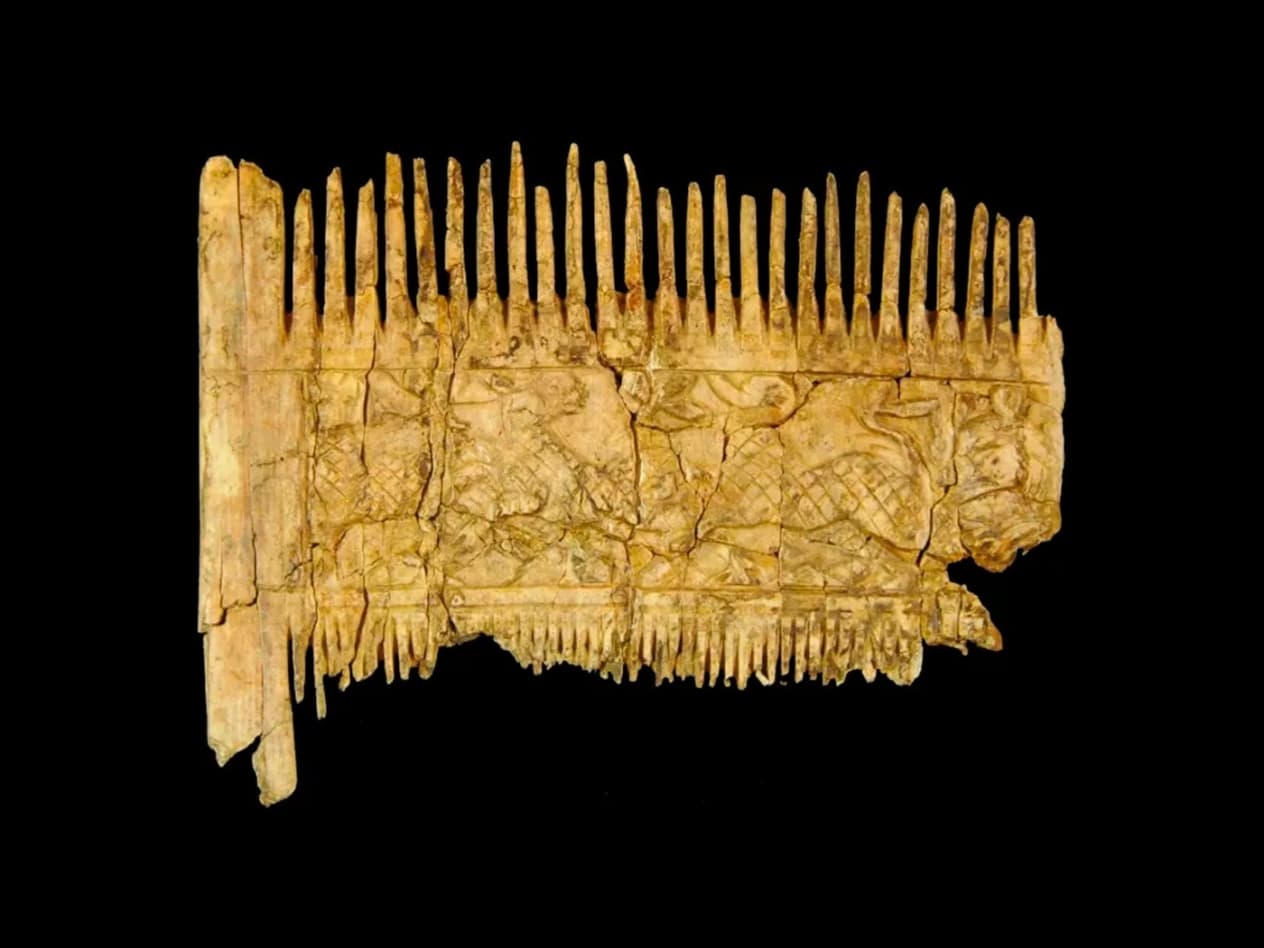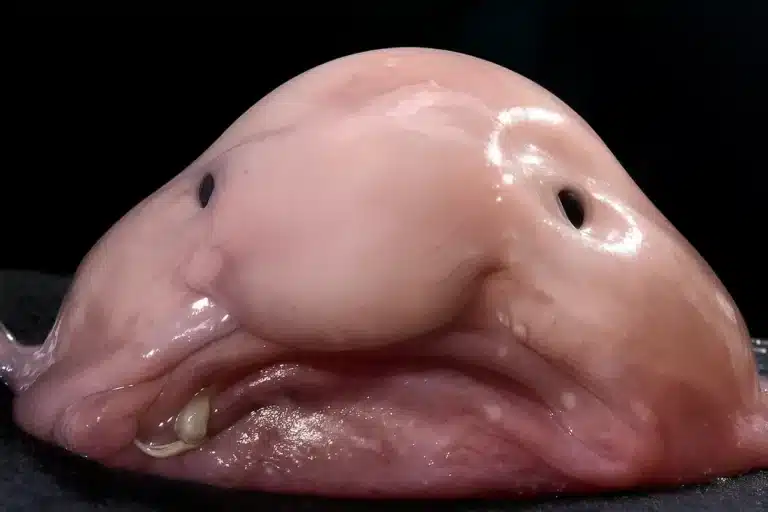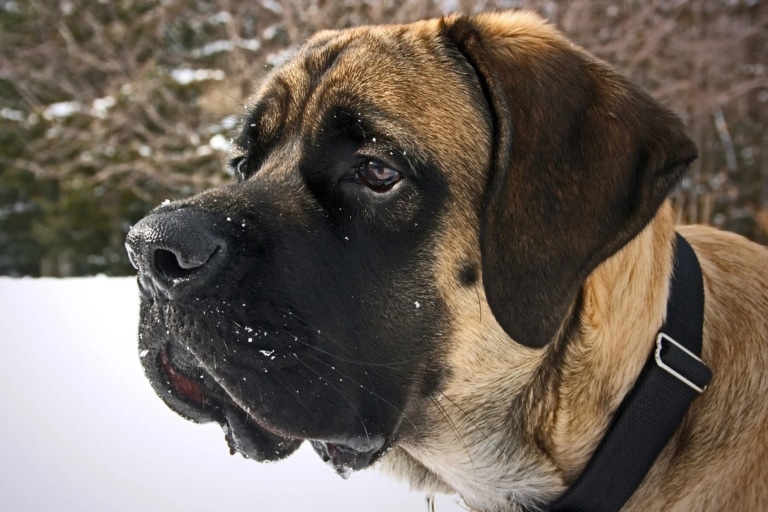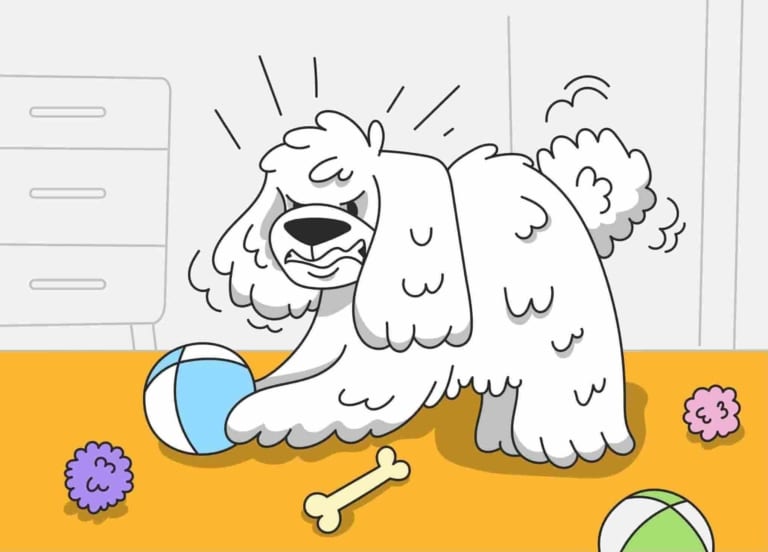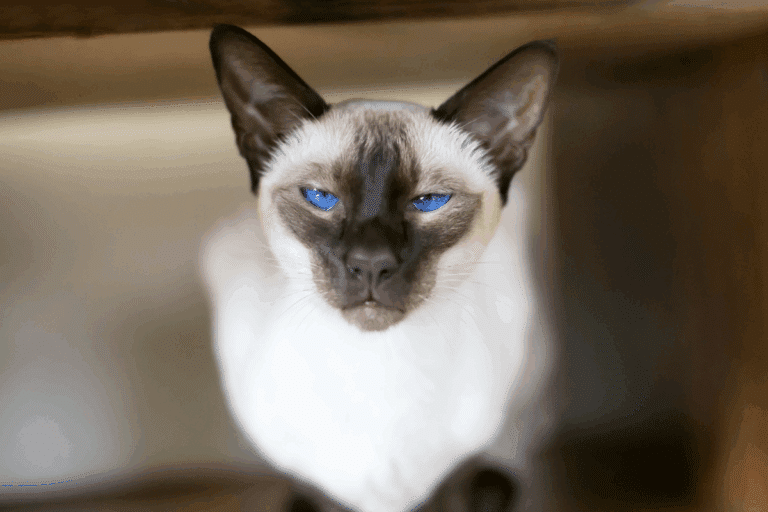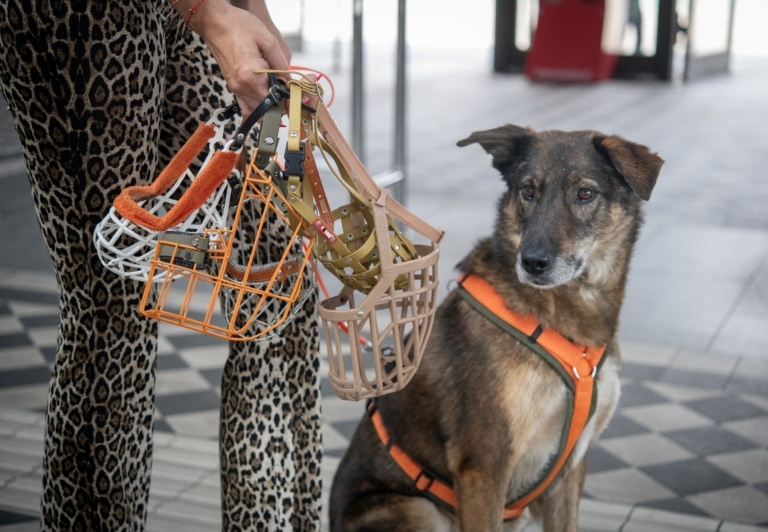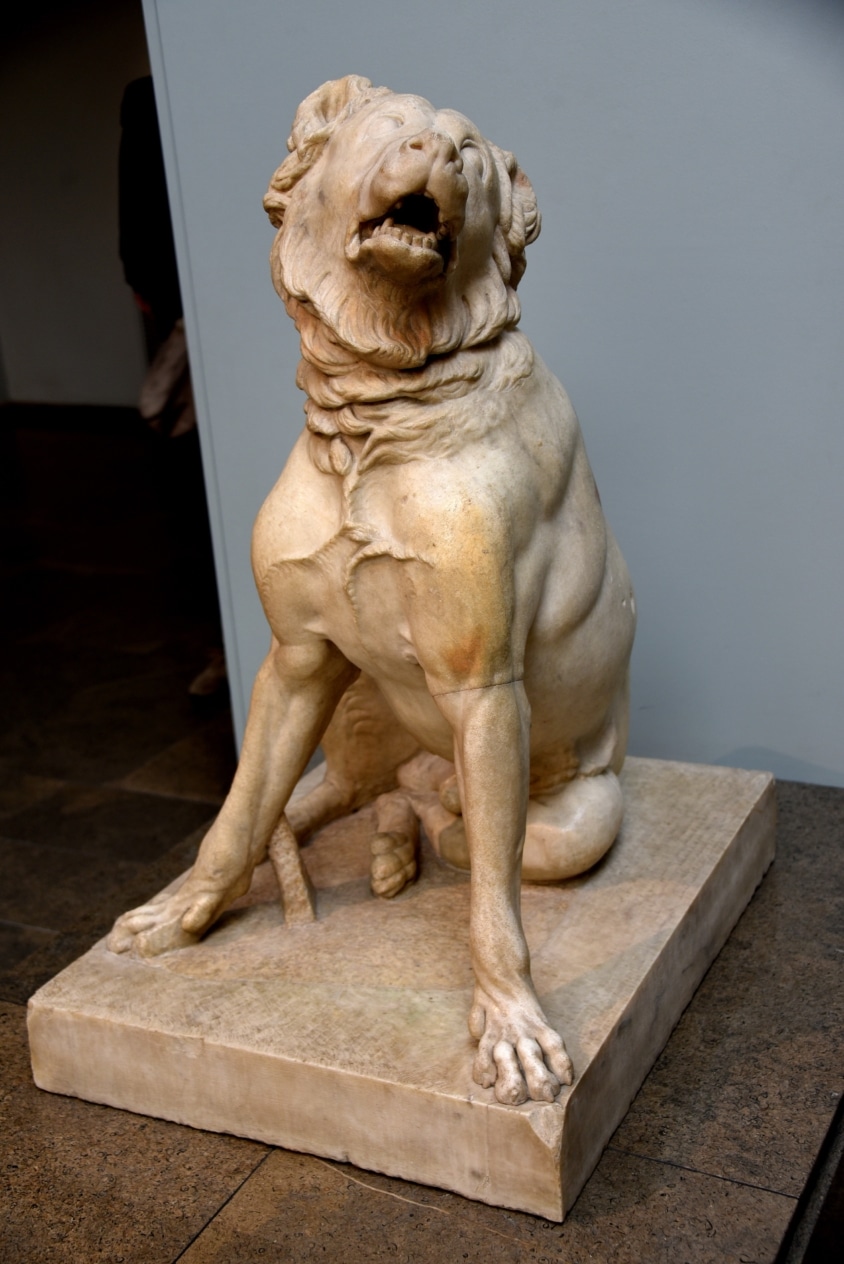
What dogs looked like in ancient Rome and Egypt
Grooming is not a fad of modern times. Mankind began to worry about the appearance of their Pets back when the pyramids were just erected and gladiators were just practicing in the first arenas.
In ancient Egypt, the dog was already a status symbol, a guardian of the soul, a companion in life and after death. They were depicted on frescoes, decorated with jewelry, and sometimes even mummified together with the owner.
Dogs of the Tesem type – thin, graceful, similar to modern pharaonic dogs – were especially revered. They had short shiny hair, graceful muzzle and always neat appearance. Archaeologists found images where such dogs are cleaned, ironed and even decorated with ribbons. That is, even in 3000 BC there was a form of grooming – aesthetic and functional.
For the Egyptians, the beauty of a dog was not a luxury, but a reflection of the owner’s inner world.
In ancient Rome, things were even more interesting. There, the dog is already part of everyday culture: from guarding villas to friendly communication with women in high society.
Noble Romans kept small dogs, similar to Pekingese or Bolonok. They were adorned with collars of precious metals and their fur was regularly combed. Written sources describe “slaves for grooming”, i.e. separate servants who took care of the dogs – brushed their fur, washed their paws, oiled their skin. Yes, even back then, oil massages were given to Pets to prevent dryness and parasites.
By the way, Roman sources mention the use of burnt lime and ash to clean the coat – an early form of shampoo!
Both civilizations created a grooming culture in which grooming was closely tied to spirituality, social status and…. fashion.
When the first pet salon appeared
The first documented dog salon appeared … in Paris, of course. The capital of style, luxury and the first steps of organized grooming. It happened in the mid-18th century, when poodles, bolognese and other decorative breeds became an integral part of social life. French ladies demanded the same for their dogs as for themselves: hairdos, brushing, powdering.
The first salon was called “Toilettage pour Chiens ” – literally “toilet for dogs”, and offered washing, trimming, combing and scenting of the coat. All this was accompanied by scented oils, lavender and rose powders, and even coat dyeing – even then!
Poodles were considered a symbol of aristocracy, and the fashion for haircuts came from France. The owners wanted their Ponytail to look just like them – clean, stylish, graceful.
Interestingly, some dogs had their own personal groomers. And while these services didn’t come cheap, the demand was rabid. Grooming at that time had already become part of social status, and a dog was a “fashion accessory” that required care no less than a silk dress or a powdered wig.
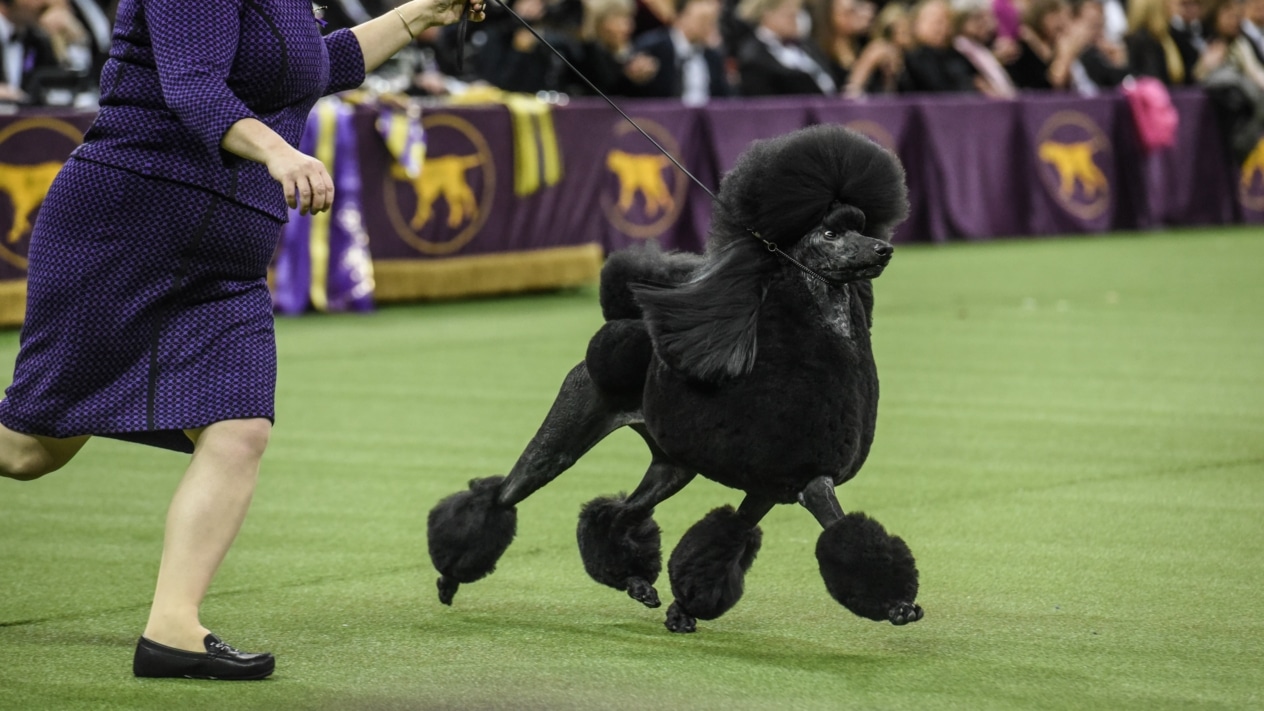
History of show haircuts and poodle fashion
The poodle is, without exaggeration, the first canine fashionista in history. Its haircuts are an evolution born from a mixed code: functionality, style and showmanship.
The poodle was originally a hunting dog for water. To keep him warm while hunting in cold rivers, some of his coat was left for warmth – on his chest, joints and around his heart. The rest was shaved off so that the dog did not weigh too much, did not get tangled in bushes and did not drag water on himself. That’s how the classic “poodle silhouette” was born – balls, pompoms, clouds of hair on the paws and a bare body.
But when the poodle got into the living rooms of the aristocracy – function became fashion. In France of XVIII-XIX centuries from poodles began to make real works of art. They made exquisite figurative haircuts, decorated with bows, dyed wool, brought out in people. The first unofficial “exhibitions” began, where the main thing was not the dog’s record, but its appearance.
Already in the XX century there were official grooming standards for exhibitions, and it was the poodle that became the first breed for which these standards were fixed in writing. From here were born such famous haircuts as “Continental”, “English Saddle”, “Modern ” – each of them has its own ideology, rules of symmetry, balance of volume and even philosophy of presentation.
Today, the poodle is the main star of show grooming. But there is a huge history behind it: from swamp hunts to the red carpets of exhibitions in New York and Paris.
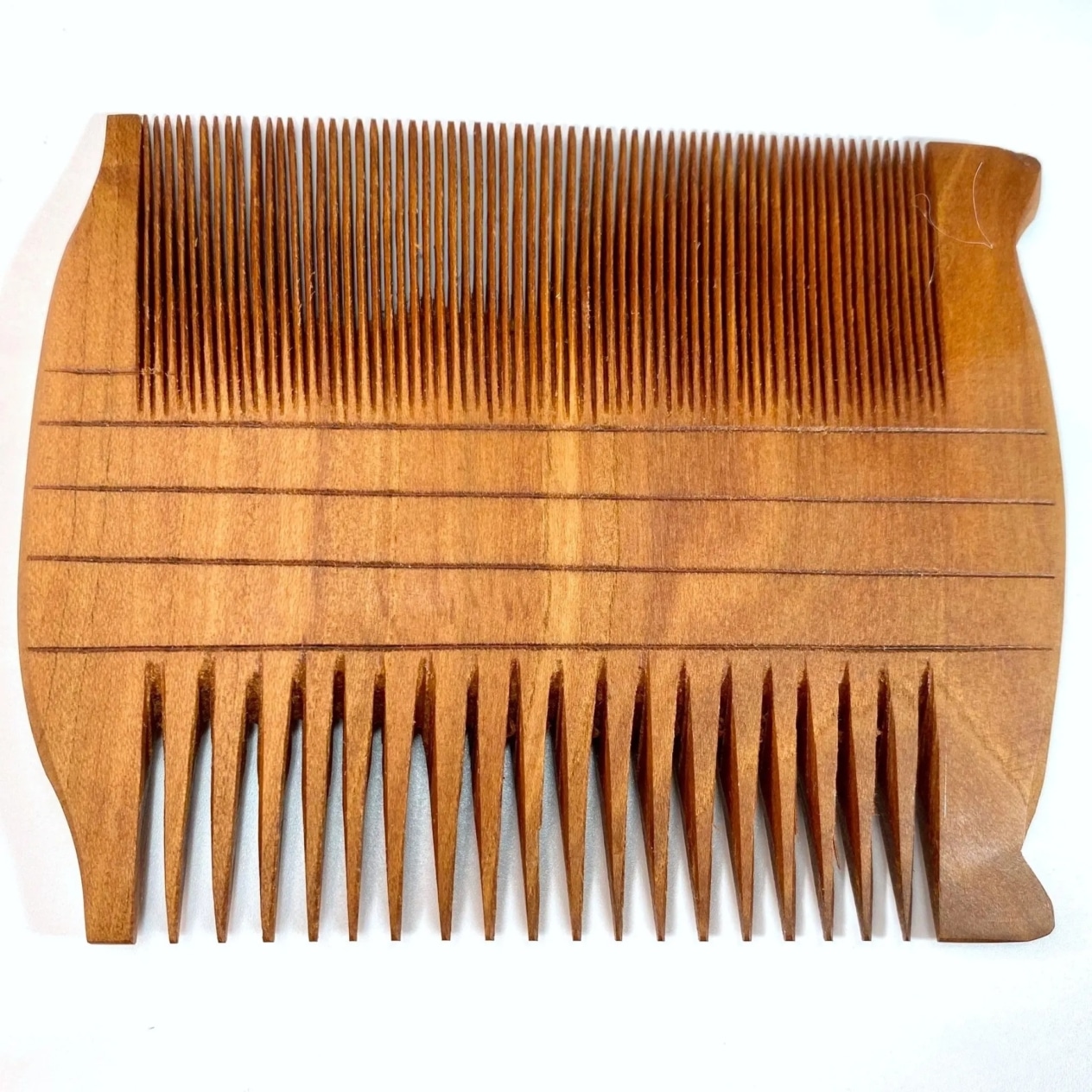
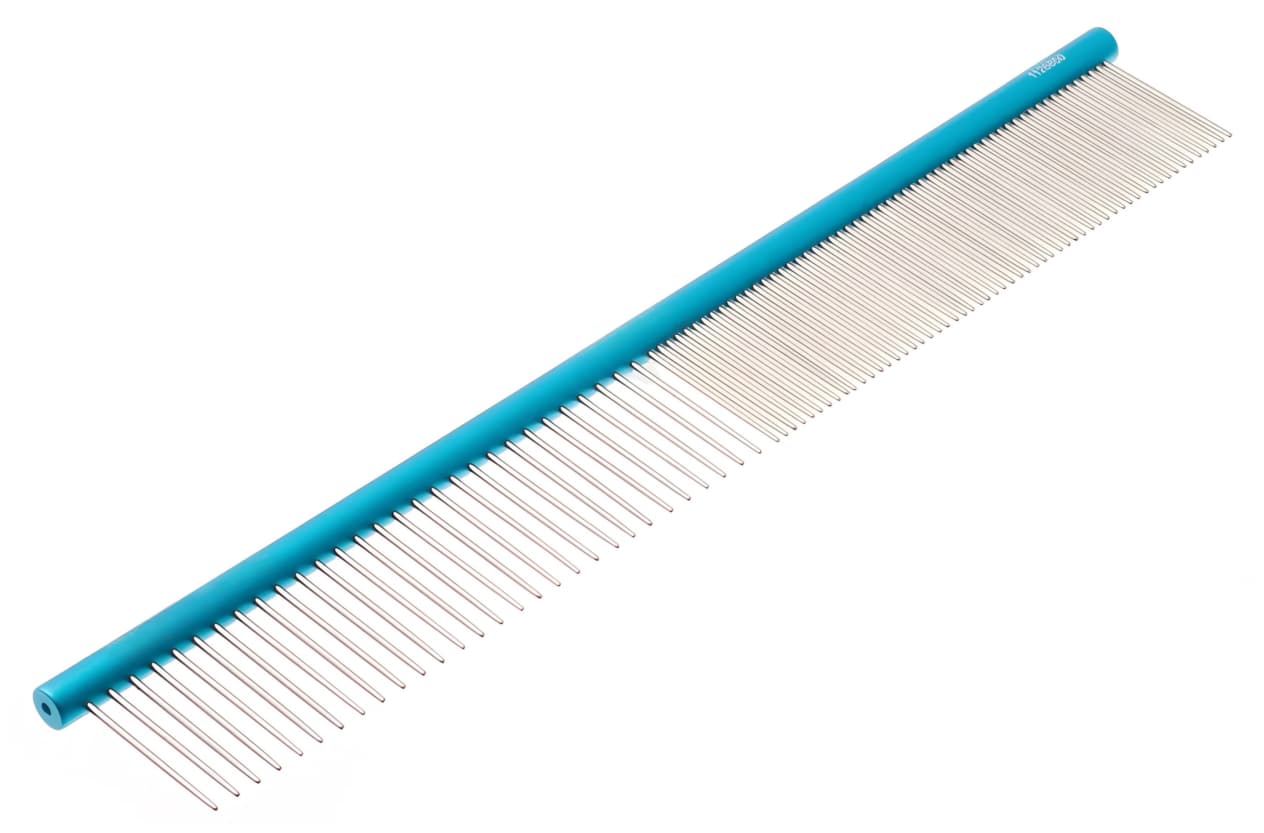
Evolution of tools
Man has always sought to tame the wild – even in hair. The first grooming tools had nothing in common with modern trimmers or brushes. In tribal times, dogs were combed out with bone teeth, shells, sharp flint or stone scrapers – just like their own hair.
Ancient Egypt already used bronze knives and fine combs, and Rome even used gold and ivory combs for small ornamental dogs. Grooming gradually became a privilege: a luxurious brush meant a wealthy owner.
In the Middle Ages, when beauty took a back seat, grooming became more utilitarian. Dogs were mostly cut with scissors or even regular sickles. But with the return of aristocratic fashion in the Renaissance, dialed metal tools reappeared and gradually took the form of tongs, scissors and razors.
It wasn’t until the 20th century, with the advent of electricity, that the grooming revolution began:
– the first electric machines appeared in the 1920s.
– in the 1950s, groomers started using hair dryers with temperature controls.
– then came trimmers, furminators, massage brushes, spa cabins, infrared dryers.
Today, the groomer’s tools are almost like a surgical kit: precision, sterility, comfort for the animal. But it’s worth remembering: it all started with a simple hand, driving the hair to make the Pet feel good.

